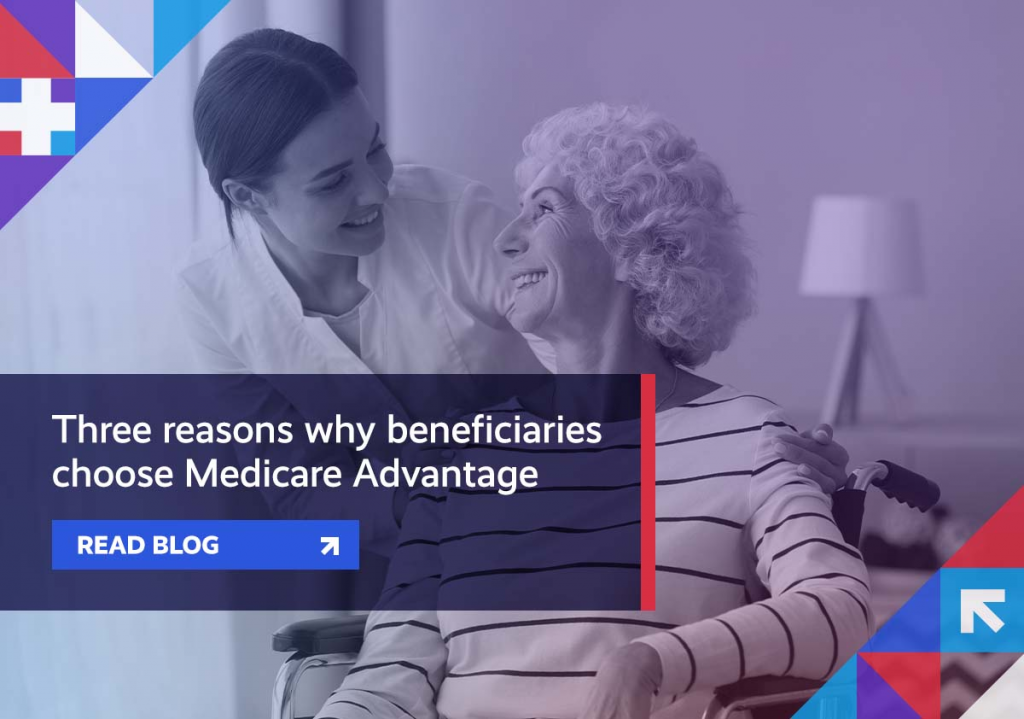Wealthy hospitals continue to benefit from COVID aid; a new report details how the Medicare Advantage program lowers costs and provides better benefits; stakeholders highlight the value of the Medicaid program; and, access to broadband means access to healthcare.
We encourage you to We encourage you to stay involved as implementation efforts surrounding healthcare reform progress. Visit the Health Action Network and be sure to let us know what’s on your mind.
Item of the Week

Week in Review
COVID Aid: A new analysis underscores the growing concern about how wealthy hospitals have benefitted from federal COVID relief funding. Published in JAMA Health Forum last month, the report shows that more money from the $175 billion Provider Relief Fund flowed to hospitals that were already in a strong financial position before the pandemic than went to hospitals with weaker finances and smaller endowments. The analysis of 952 hospitals found that approximately 1-in-4 received less than $5 million, while just 8 percent got more than $50 million. Further, small, rural hospitals actually received 40 percent less funding than their larger, more prosperous counterparts. While data has established that the charges associated with treating COVID hospitalizations varies widely by state and severity of condition, the report only furthers the narrative that, despite the challenges posed by the coronavirus public health crisis, some of the country’s wealthiest hospitals are actually richer today than they were at the start of the pandemic, largely as a result of federal bailouts.
MA Value: According to the estimates of a new analysis, the Medicare Advantage (MA) program provides beneficiaries $32.5 billion annually in additional benefits and lower out-of-pocket costs. Commissioned by the Better Medicare Alliance and conducted by consulting firm Milliman, the study found that MA offers the same services covered by traditional Medicare fee-for-service (FFS) but at 13 to 14 percent lower cost as a result of lower cost-sharing and reduced premiums. Additionally, the government spends $935 per member per month for hospital and physician services in FFS compared to $709 in MA for the same services. Of particular note, beneficiaries enrolled in MA plans spend an average of $113 per month, much less than the $253 per month spent by Medicare FFS beneficiaries.

Medicaid Value: Stakeholders continue to highlight the critical role that the Medicaid program has played in the lives of millions of vulnerable Americans throughout the ongoing coronavirus pandemic. Given the program’s increased reach, it’s no surprise, then, that the majority of voters now support lawmakers increasing spending to Medicaid. Separately, a new survey, conducted in collaboration with the National Association of Medicaid Directors (NAMD), draws attention to the various policies that state Medicaid programs implemented this year in response to COVID-19, and that are planned for next year, with key themes surfacing in the areas of benefits and telehealth, delivery systems, social determinants of health, and pharmacy. This focus on the value of Medicaid extends to managed care organizations (MCOs), as well – in particular, their partnerships with the states to administer benefits. It’s this partnership that enables states to provide quality care to a growing Medicaid population and to help programs better plan and manage their budgets.
Broadband Access: Despite the gains experienced in the telehealth space in the immediate wake of the coronavirus pandemic, barriers to access remain. In particular, reaching rural populations continues to be a persistent challenge. This has led to a broader discussion of the need to build out critical infrastructure – specifically, broadband. Even before COVID cast its shadow over the healthcare landscape, telehealth was establishing itself as a necessary component of our evolving care delivery model. On the other side of the pandemic, it’s only expected to continue to play an important role in helping to overcome traditional barriers to care for underserved and remote populations. But, as mentioned, that requires addressing the lack of broadband access.
Spotlight

| You can keep up with the latest by following the Health Action Network on Twitter and by liking us on Facebook. And, be sure to check us out on LinkedIn, too. As always, let us know if there’s something you’d like to see covered in a future newsletter. |
